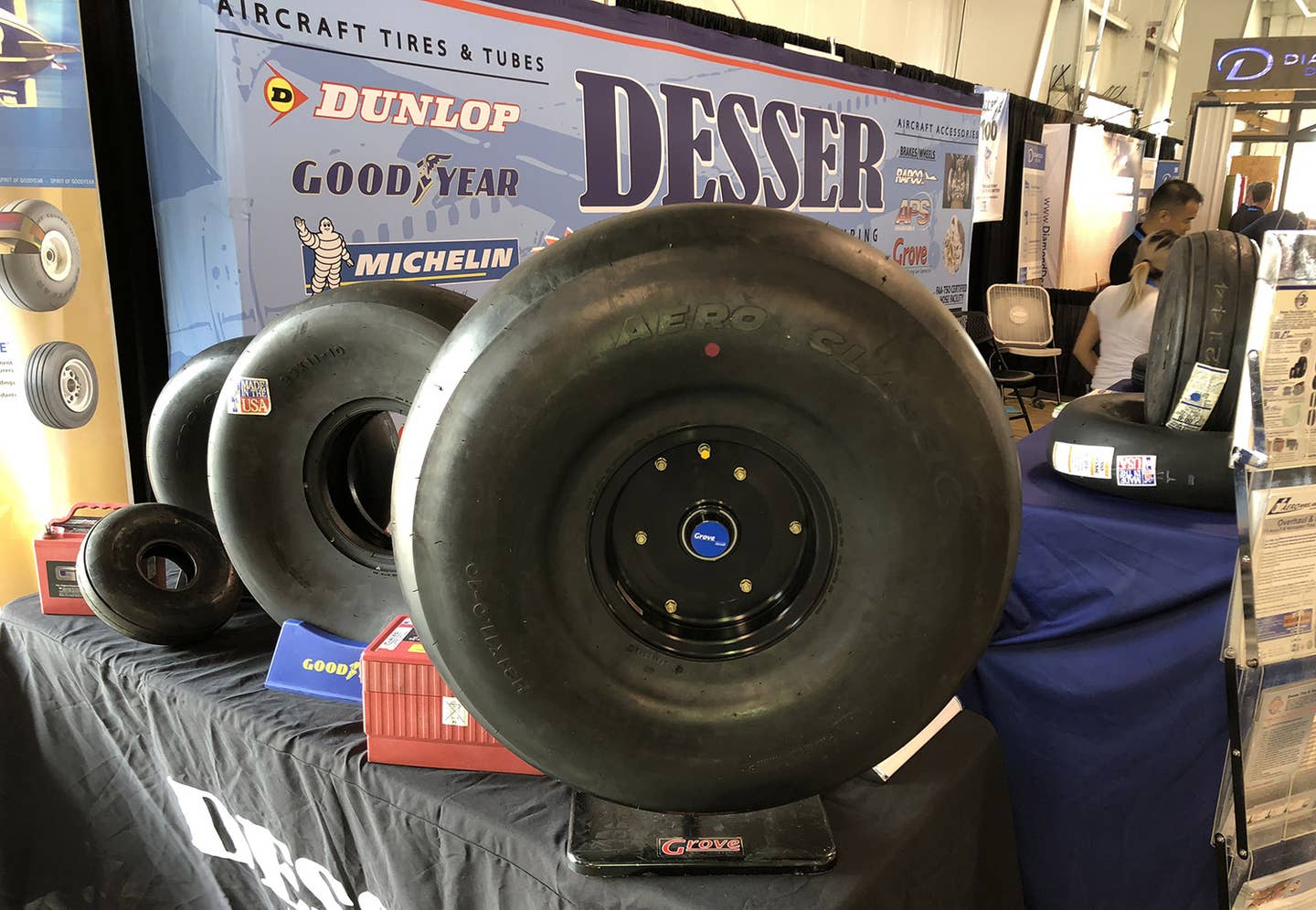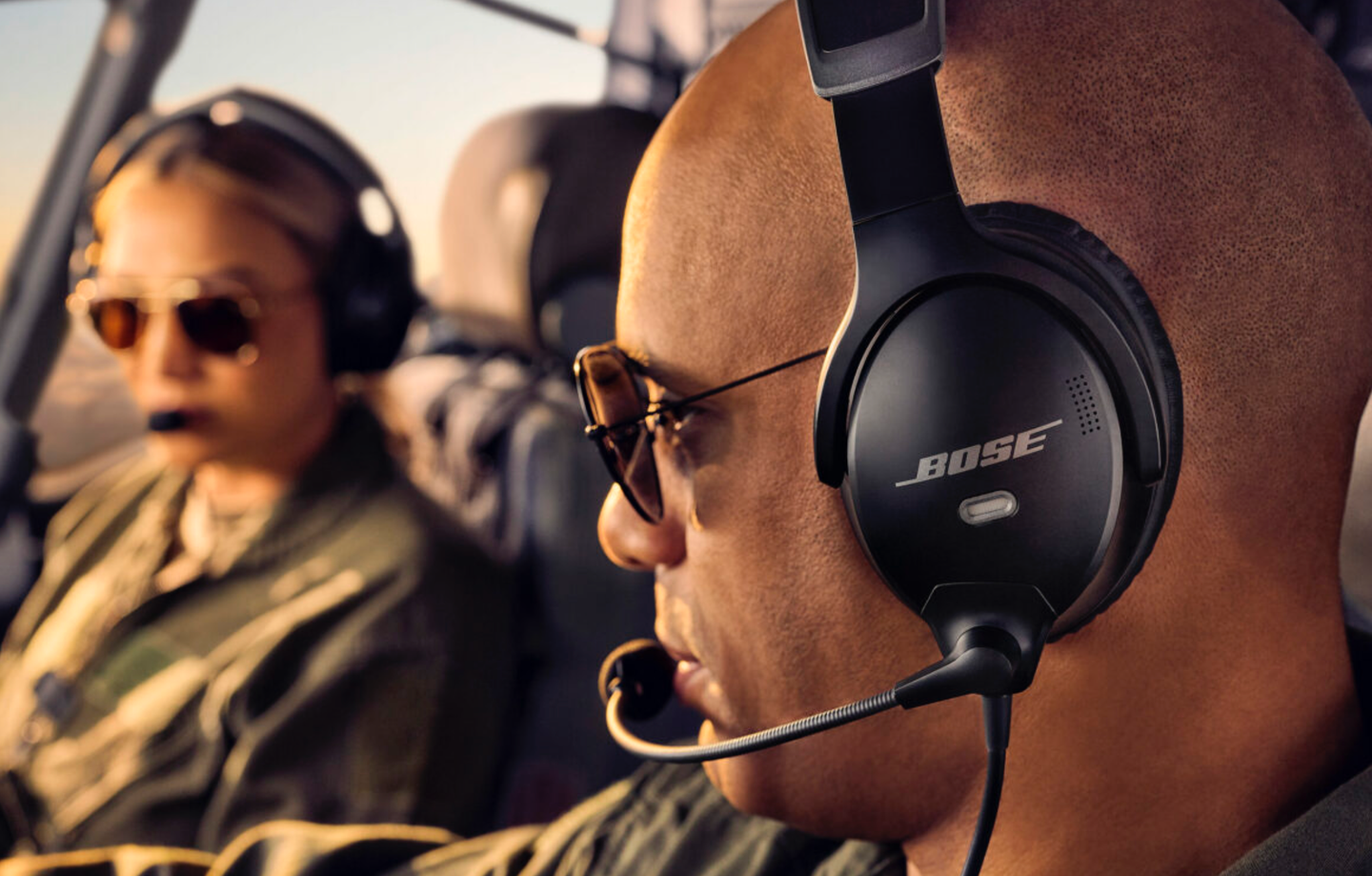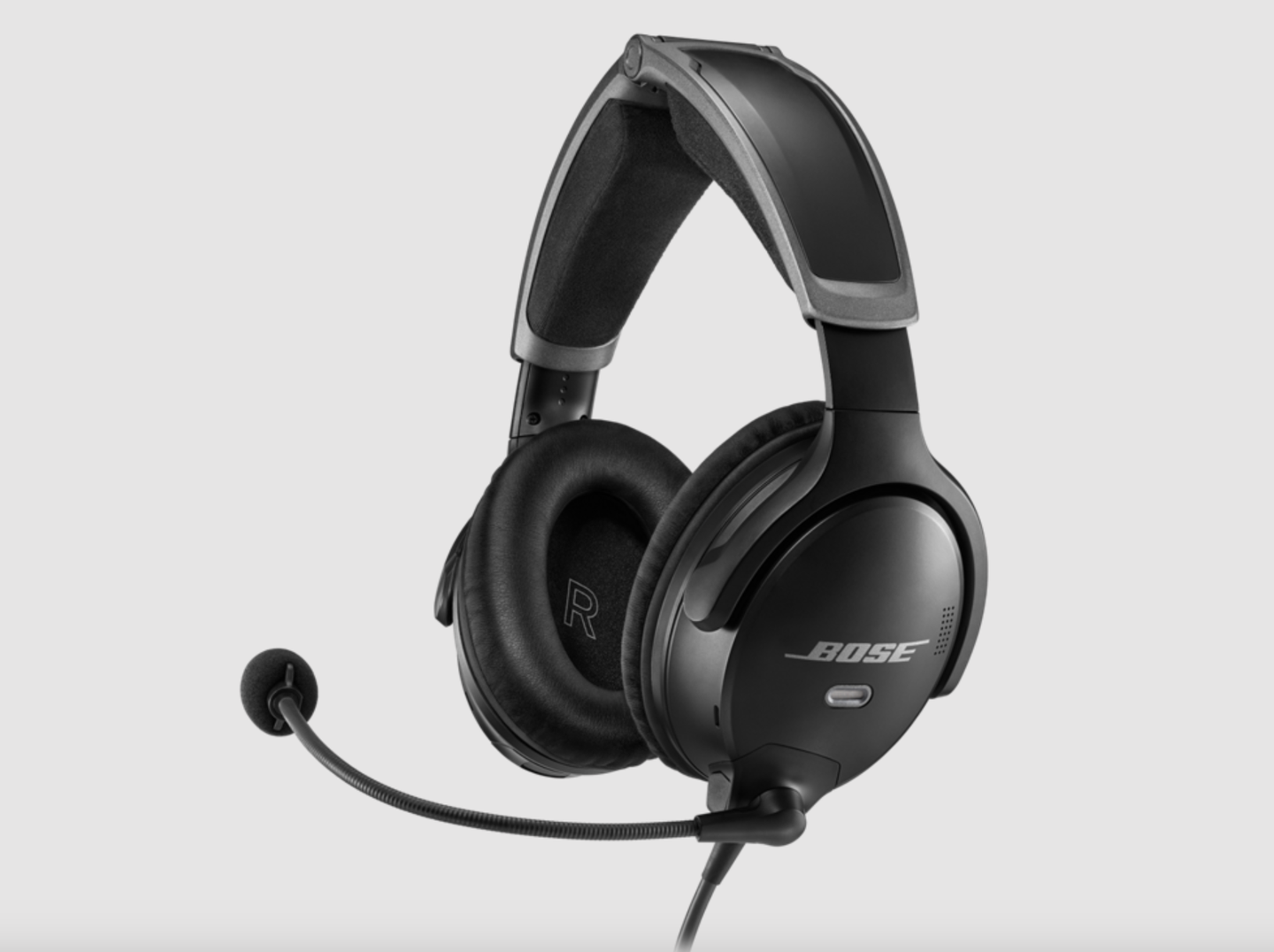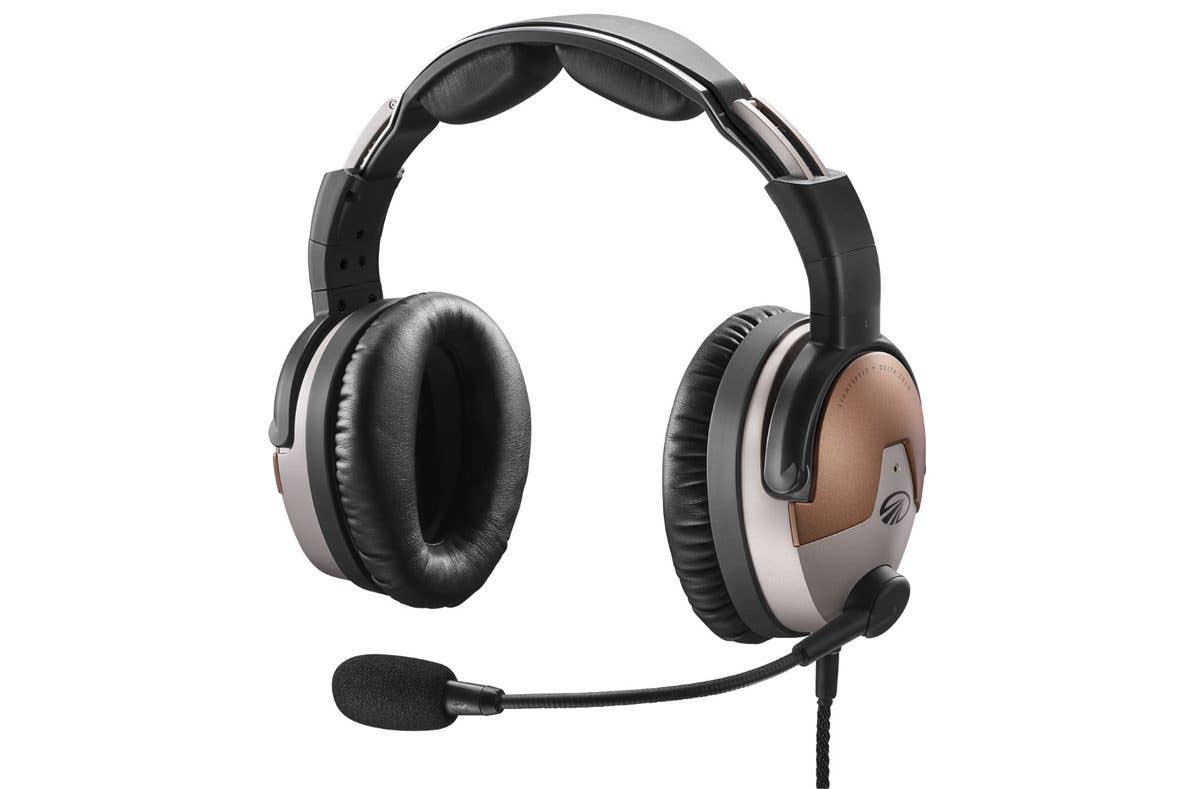Five Years Of The David Clark DC ONE-X Headset
Half a decade down the line, how did this premium headset do in our long-term testing?
We're revisiting David Clark's DC ONE-X, a headset we said when we reviewed it shortly after it came out was "at the very least a product that a lot of pilots will want to consider before making their next headset purchase." Five years down the line, we stand behind that and then some.
Hailing from the legendary Worcester, Massachusetts, company, makers of space gear, headsets and more, the DC ONE-X ($895 online) follows in a long line of famous headsets with those distinctive green domes. Like all of the company's others, the DC headset seeks to find a pilot niche that makes sense by providing a great product at a good price. If David Clark were to have a motto, it might be "different missions, different headsets." Indeed, it's hard to find a company with a broader range of headset products for pilots who fly different kinds of aircraft on different kinds of missions.
It will come as no surprise to any pilot that there's a lot of competition among high-end headsets for the fixed-wing crowd, and the DC ONE-X is right there among the head of the class, along with the pricier Bose A20 (around $1,100) and the value-packed Lightspeed Zulu 3 ($850), both of which, by the way, are headsets we love.
The DC ONE-X instead offers a different value proposition from the Bose or Lightspeed stars, or for that matter, from any headset we know of.
To start out with everybody's first question, the DC ONE-X isn't as quiet as the Bose or Lightspeed models, though it is quiet. It's also not quite as luxurious feeling as either one. It does, to its credit, have a number of features, including Bluetooth connectivity, stereo sound and auto-off functions that we all want these days, but it isn't the Cadillac of headsets.
But that's okay, because clearly it's not meant to be. It's meant to be different, and it is. Here's how.
In terms of convenience, the DC ONE-X is tough to beat. For starters, it's really light, only 12¼ ounces by our measure, making it lighter than the competition while also having a light nylon carry case that looks too small for the headset to easily fit back inside. It's not too small. It fits easily. The ONE-X is also really compact, folding up neatly in a package that's as much as a third smaller than either the Bose or the Lightspeed product. For pilots who carry their headsets with them, a little smaller and lighter makes a big difference when trying to get it into an already too-full pilot bag. Don't say you haven't been there. In my experience, it's great to be able to carry a smaller bag and still get big headset performance.
In terms of comfort, the ONE-X makes a strong case for itself. The ear cups aren't as cushy and the noise reduction (both passive and active) isn't as powerful as the A20 or the Zulu PFX. But the fit of the ONE-X is very nice (at least to my noggin), with its light weight making it infinitely forgettable (a very good thing when it comes to headsets) and its beautifully designed headband providing precious little clamping force topside while keeping the seals of the ear cups tight to the naked head. As with any headset, eye- or sunglasses temple pieces provide a challenge to that seal, seemingly a little more on the ONE-X than on its competitors.
As far as durability is concerned, I wrote when the headset was introduced, ""t's hard to give high marks to a brand-new product in this category, but I'm sorely tempted to do just that." Five years down the road, my DC ONE-X looks nearly new, despite a lot of hours in the air. One secret to its durability is the way the cups connect with a clever two-way joint that makes it virtually impossible to bend it into a position it won't like, not to mention that dropping it from waist level (yes, we did) seems a non-event. (Still, don't try it at home.)
The DC ONE-X has, after five years of on again off again flying in airplanes old and new, proved itself a classic that pilots will love for its comfort, quality, durability, value and, yes, even features. Not that this makes any buyer's choice easier, as the competition is a couple of established classics, now with another strong competitor, at least, one with differences you might just love.
Learn more at the David Clark Company.
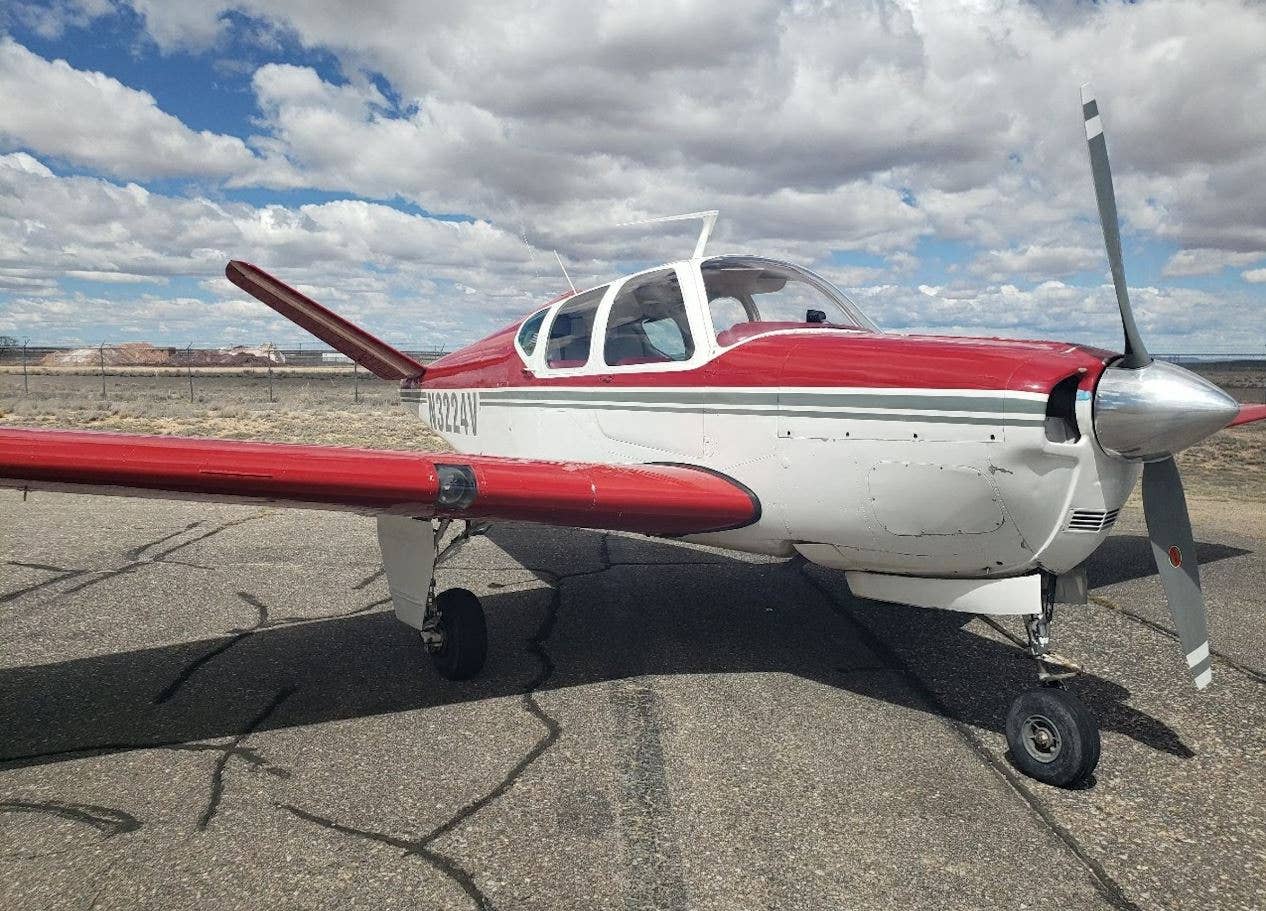
Subscribe to Our Newsletter
Get the latest Plane & Pilot Magazine stories delivered directly to your inbox

